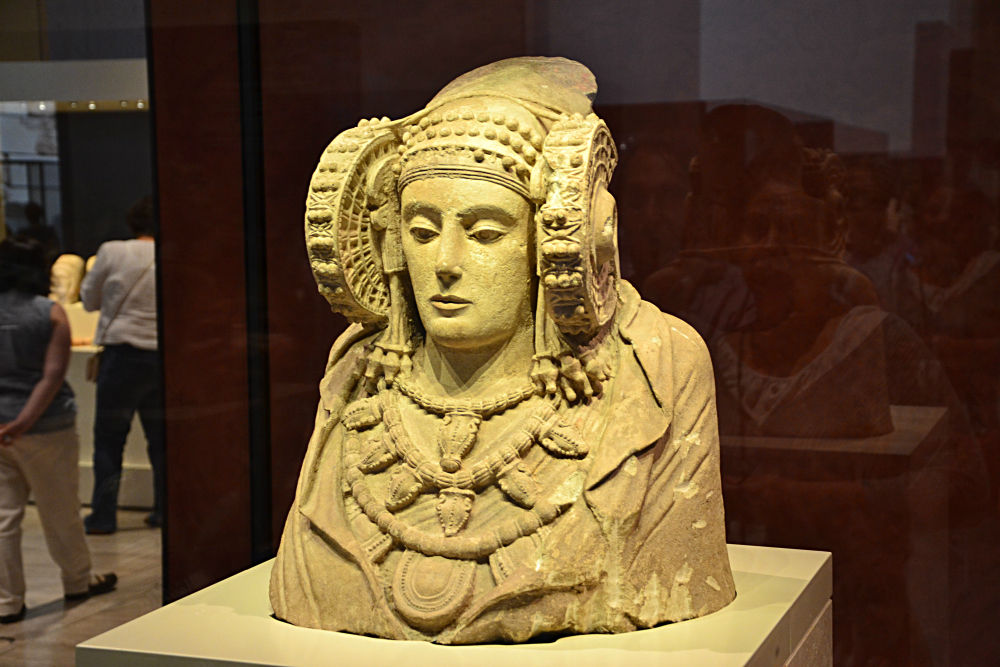The Lady of Elche, an ancient sculpture discovered in Spain in 1897, continues to be a subject of fascination and intrigue. The statue, believed to date back to the 4th century BC, depicts a woman wearing an elaborate headdress or helmet that has sparked numerous theories and speculation.
The enigmatic helmet features intricate details and symbols, leading to debates about its origins and purpose. Some theories suggest that the helmet represents a relic from an ancient civilization or holds symbolic significance related to power, religion, or mythology. Others propose a more unconventional idea—that the Lady of Elche and her helmet may have extraterrestrial connections.

Supporters of the extraterrestrial theory argue that the helmet’s design resembles a space helmet or headgear worn by beings from other worlds. They theorize that the Lady of Elche could be an ancient depiction of an extraterrestrial visitor or a representation of advanced technology.
However, the majority of scholars and archaeologists dismiss the extraterrestrial theory, emphasizing the importance of examining the sculpture within its historical and cultural context. They suggest that the helmet is likely a representation of a ceremonial or decorative headpiece, possibly denoting the woman’s elevated status or religious significance.
The Lady of Elche remains an enigma, and the true nature of her helmet continues to elude us. The mystery surrounding the sculpture invites speculation and imagination, but it is crucial to approach these theories with critical thinking and evidence-based analysis.

Regardless of the origin or purpose of the helmet, the Lady of Elche stands as a remarkable testament to the artistic skill and cultural richness of the ancient Iberian civilization. Her captivating presence serves as a reminder of the enduring power of art to evoke wonder, provoke thought, and ignite our curiosity about the mysteries of the past.